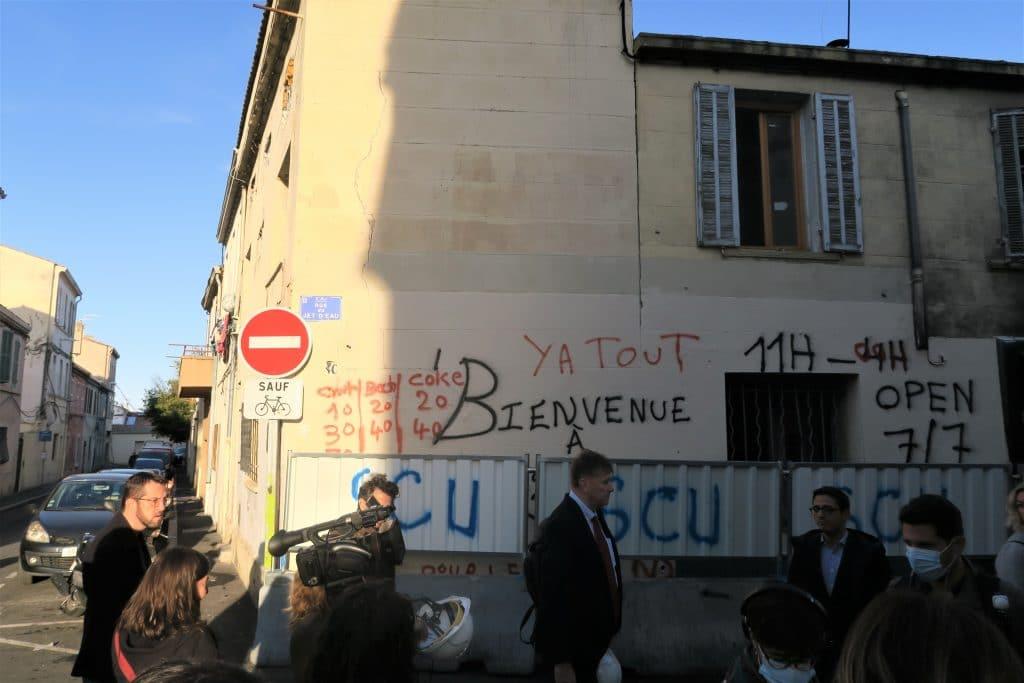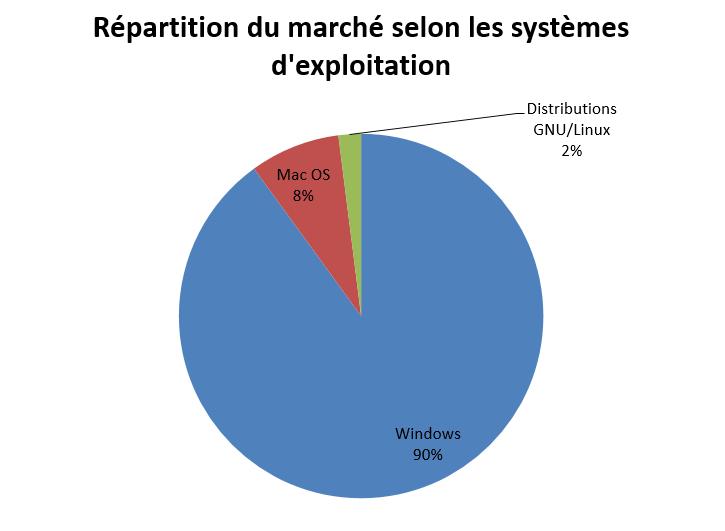The City stages the construction site of its fight against unfit housing in a slum
When the first leaves fall and the starlings fly in swarms, the time for unworthy habitat arrives. The commemoration of the dead on November 5 offers a media window to discuss this huge project which has become a priority for the public authorities since 2018. At least on paper. On the edge of this window, this Thursday, the City invited the press to a "presentation of municipal measures against unfit housing". The mayor is announced for this premiere: Printemps Marseille was elected by presenting the fight against unfit housing as one of its top priorities. A year and a half later, the City has not yet presented its strategy in this area.
At nine o'clock sharp, Benoît Payan is not at the rendezvous of rue François-Barbini, on the slopes of Bellevue hill (3rd). “An unforeseen event on the agenda”, we say, in his team a few hours before the amount of the first state check for schools falls. The housing assistant in charge of the fight against unfit housing, Patrick Amico, Anthony Krehmeier, the sector mayor and Aïcha Guedjali, municipal councilor in charge of insalubrity and pests are therefore the only ones to speak.
Com' operation on the Butte Bellevue
For the occasion, the press department has decided to set the stage for the com' op in two small adjoining buildings on rue du jet of water. Around the corner, the narco-traffic ring whose workers are not yet up have listed the menu – shit, weed and coke – with the corresponding prices. Journalists are invited to enter in small groups into these two buildings, which bear the usual stigmata of unfit housing: spilling balconies, shattered ceilings, leaking roofs... The small workers' courtyard is typical of Marseille housing at the turn of the last century. Typical of its decrepitude too.
Apart from this unusual setting, we should not expect much novelty from the communication operation: the City is there to take stock of its action, not to announce a revolution. While waiting for a new distribution of competences which would see housing descend from the metropolis to the City, the latter is concentrating on its own competences, the schools at the head of the gondola.
48 million for office work

“48 million have been made available to the service for the next four years to carry out office work, explains Patrick Amico. This sum should allow us to carry out the security work in a sustainable way so that the owners can then rehabilitate and, in the long term, the tenants return to live there”. Of this budget, five million have already been spent for 20 buildings treated and 20 million committed, lists the elected official. The sum may seem substantial. It is so in comparison with the inaction of the former municipality.
But these 48 million are very modest compared to the immensity of the site. Patrick Amico readily acknowledges this when he accounts for the stock: “800 buildings are still in danger, including 200 in serious and imminent danger”. And the flow is not more reassuring: “we take around 30 orders per month, simple or imminent danger”. Of course, on the stock as on the flow, a large majority of the co-owners will implement works without the City needing to replace them.
These figures bear witness to the fact that the policies implemented over the past three years within the framework of the various systems, concessions, scheduled operations, etc. have not made it possible to reduce the situation. A phenomenon that the Nicol report estimated in 2015 at 40,000 potentially unworthy housing. Six years later, the potential is still there and the figure does not vary.
1400 people still evicted
Just like the inhabitants forcibly evicted from their place of residence. Three years after the rue d'Aubagne, the head of the risk management and prevention department, Jean-Michel Wagner sets out some chilling figures: “20 families are still at the hotel. 120 households live in aparthotels, which represents about 250 people. Finally, 400 families, i.e. 1,000 people, live in temporary accommodation while awaiting their return home. 40 families are in Adoma homes”. In all, there are 1,400 people who still live far from their homes, so indicate the services of the City. And as Patrick Amico puts it, “unfit housing is first and foremost a social problem”. The new version of the rehousing charter that the City voted on at the beginning of the month should make it possible to support those affected by this violence.
But the unfit housing project is not only external. The City must also work within it. Since 2018, housing competence has been entirely transferred to metropolitan France. “When I arrived in my delegation, in 2020, I discovered a management without agents”, continues the elected official. 25 people were therefore recruited to reconstitute a service.
Work in progress internally
The risk management and prevention department is itself under construction. The City has launched a long series of recruitments to further expand it. Ultimately, it must be cut in two, between the part devoted to civil security under the authority of Jean-Pierre Cochet and the housing part which remains in the bosom of Amico. 25 agents must also come to reinforce the insalubrity service. The State has asked the City to strengthen its controls and to take charge of the works automatically in the event of an insalubrity decree.
As the press operation ends, our steps lead us to the neighboring building, to the half-open door. There is no electricity on the stairs of this two-story townhouse, which is visibly frequented by the network. An anonymous hand has written “the strike” in smoke black on the ceiling. At the end of a rickety and dark staircase, we come across children's clothes hanging from a wire stretched in the stairwell. We knock on the door. A voice replies that it does not want to be disturbed, covered by the cries of young children. Everything here breathes insalubrity.
We take advantage of the presence of Patrick Amico to alert him to this building, which is well worth a visit from his teams. “Ah but you know, there are 4000 potentially unworthy buildings in Marseille, he defends himself. If we visit them all, we are not finished. We know that we are facing a mountain and that there will be decades…“
Open access article
Support Marsactu by subscribing
DISCOVERY OFFER – €1 FOR THE FIRST MONTH
If you already have an account, sign in.







